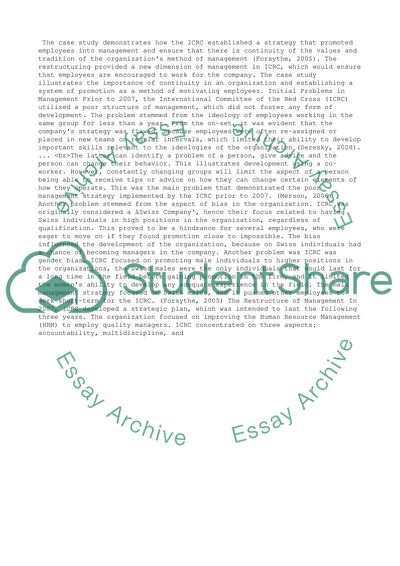Cite this document
(“Case Analysis The International Committee of the Red Cross Essay”, n.d.)
Case Analysis The International Committee of the Red Cross Essay. Retrieved from https://studentshare.org/management/1448179-case-analysis-for-ypthe-international-committee-of
Case Analysis The International Committee of the Red Cross Essay. Retrieved from https://studentshare.org/management/1448179-case-analysis-for-ypthe-international-committee-of
(Case Analysis The International Committee of the Red Cross Essay)
Case Analysis The International Committee of the Red Cross Essay. https://studentshare.org/management/1448179-case-analysis-for-ypthe-international-committee-of.
Case Analysis The International Committee of the Red Cross Essay. https://studentshare.org/management/1448179-case-analysis-for-ypthe-international-committee-of.
“Case Analysis The International Committee of the Red Cross Essay”, n.d. https://studentshare.org/management/1448179-case-analysis-for-ypthe-international-committee-of.


